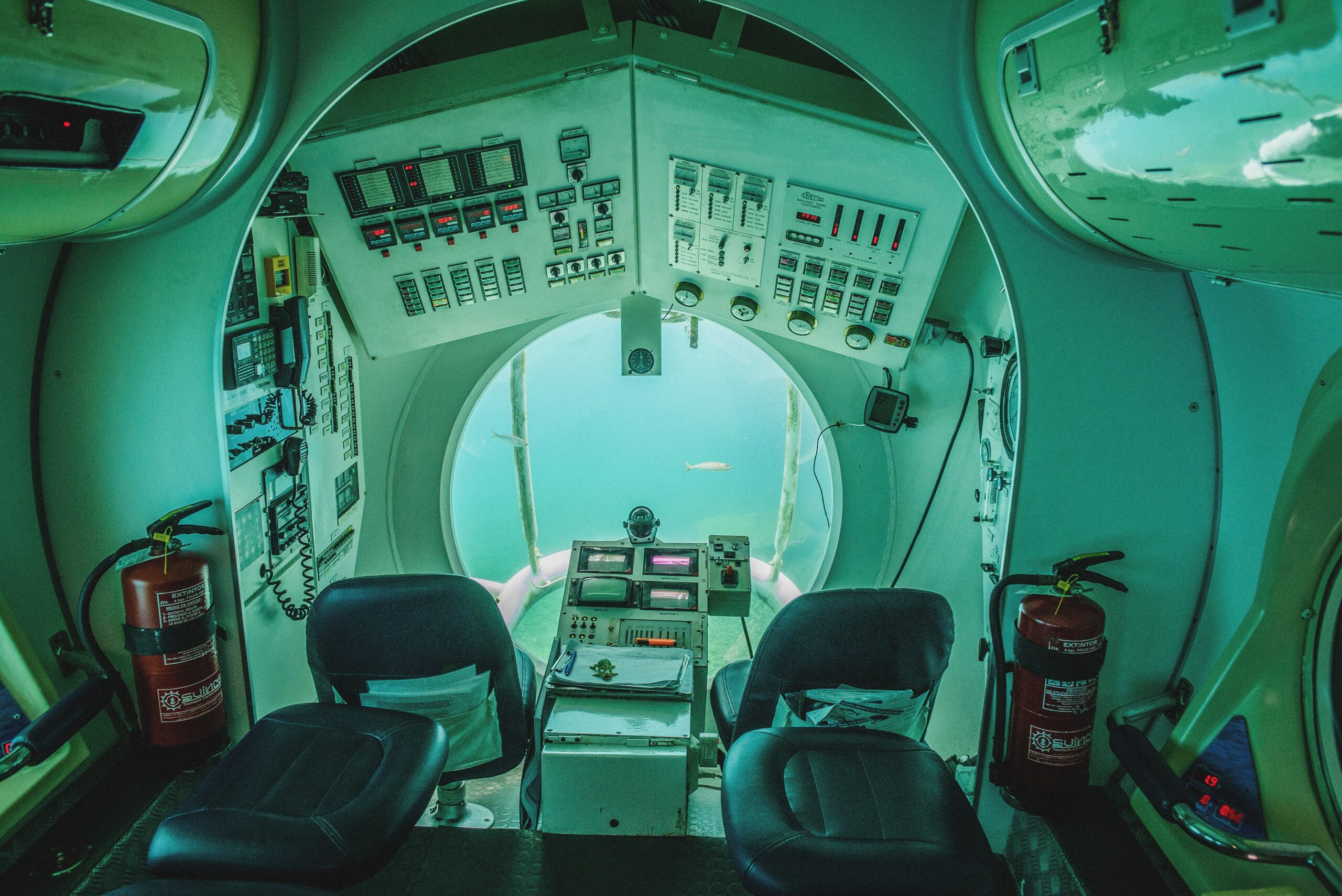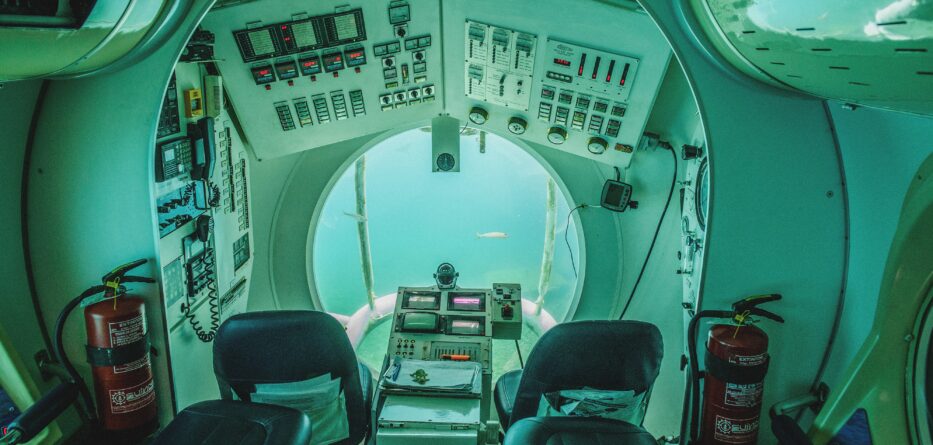

Credit: Unsplash
Titanic Submersible Tragedy
In a tragic turn of events that captured global attention, the search for a submersible bound for the Titanic has come to a devastating conclusion. Authorities in the United States have announced that the vessel, known as the “Titan,” experienced a “catastrophic implosion,” leading to the loss of all five individuals on board.
John Mauger, the First Coast Guard District commander, revealed that debris from the submersible, including the tail cone, was discovered approximately 1,600 feet away from the bow of the Titanic, resting at a depth of 13,000 feet in the North Atlantic Ocean.
Confirming the implosion theory, a senior Navy official disclosed that an acoustic signature consistent with such an event was detected on Sunday in the vicinity where the submersible had been diving before losing communication with its mother ship. This crucial information was promptly shared with the search effort’s commanders, aiding in narrowing down the search area.
However, the acoustic signature, while indicative, was not definitive, prompting multinational search and rescue operations to continue. The tragic fate of the passengers was confirmed just moments before the US Coast Guard’s news conference when OceanGate Expeditions, the operator of the submersible, issued a statement mourning the loss of the five men.
OceanGate expressed profound grief over the loss of its CEO Stockton Rush, Shahzada Dawood, Suleman Dawood, Hamish Harding, and Paul-Henri Nargeolet. The company recognized them as true explorers with an unwavering spirit of adventure and a deep commitment to exploring and preserving the world’s oceans.
🚨 Breaking News
All five people onboard on #Submersible are all very sadly died, #OceanGate confirms. This video shows how the accident happened with the submarine. 💔#Titanic #Titan pic.twitter.com/W82X9OawuD— WOLF™️ (@thepakwolf) June 22, 2023
Their families and every member of OceanGate are being supported during this heart-wrenching time. The expedition, which began on Sunday, aimed to delve into the Titanic’s wreckage and was marketed as a once-in-a-lifetime opportunity to embark on an extraordinary journey outside the realms of ordinary life. Each participant had invested $250,000 in the venture.
The loss of the Titan and the lives of its occupants have not only brought an end to this gripping saga but also raised questions about the safety protocols employed by its operator. Stockton Rush, the CEO of OceanGate Expeditions, had expressed a desire to be remembered as an innovator who challenged conventions. In an interview with a Mexican travel blogger in 2021, Rush mentioned his willingness to break rules to achieve his objectives.
The ill-fated expedition not only underscores the enduring fascination with the Titanic, even a century after its tragic demise, but also highlights the growing realm of adventure tourism catering to the affluent. Such ventures parallel the likes of Blue Origin’s space flights and the surge in guided tours to Mount Everest.
As investigations into the implosion and subsequent loss of life continue, attention now turns to evaluating the safety measures employed by OceanGate Expeditions. This unfortunate incident serves as a reminder of the risks associated with exploratory endeavors and the paramount importance of prioritizing safety in all such undertakings.
-
Presight, an Abu Dhabi-based artificial intelligence firm, has finalized the acquisition of a 51% stake in AIQ, a prominent...
-
Joe Biden Passes Questioning Remarks Towards Japan President Joe Biden recently made remarks at a Washington, D.C. fundraiser, where...
-
Federal investigation targets McKinsey’s consulting practices with opioid makers. McKinsey & Co finds itself at the center of a...
-
An appeals court in Texas has delivered a significant victory to attorney Sidney Powell, upholding a state court judge’s...
-
The city of Dubai is reeling from the aftermath of historic torrential rains that inundated the desert metropolis, leading...
-
Plans for Neom’s ambitious “The Line,” a zero-carbon city in Saudi Arabia, have been revised, scaling back its initial...
-
President Joe Biden’s reelection strategy takes a surprising turn as the Rust Belt, not the Sun Belt, emerges as...
-
In a significant escalation of the ongoing dispute over misinformation, Brazil Supreme Court Justice Alexandre de Moraes has initiated...
-
In a significant legal development, U.S. District Judge Aileen Cannon has declined former President Donald Trump’s request to dismiss...
-
Mumbai Takes the Throne for the Most Billionaires in Asia In a historic milestone, Mumbai has overtaken Beijing to...
-
Major Collision Causing the Collapse of the Bridge The recent collapse of the Francis Scott Key Bridge in Baltimore,...
-
Donald Trump is on the brink of a crucial deadline in a business fraud case, with just a few...




















